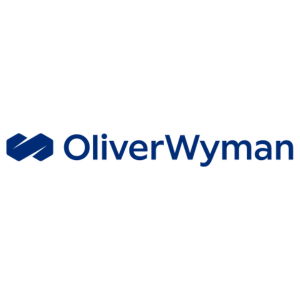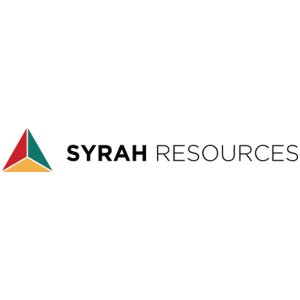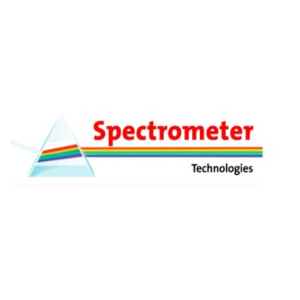How is COVID-19 acting as a springboard for the adoption of digital technologies in mining?
Effective digital solutions allowing us to collect, analyse and transfer mining data lie at the heart of productivity. Digitalisation has had a massive effect on improving the efficiency of mining operations over the past few years. The introduction of Internet of Things (IoT) technology, analysis of Big Data and the use of automated systems has truly brought the industry to a new level of productivity.
Despite the visible improvement, the mining industry is still far from fully utilising the variety of digital platforms and solutions available today, though there is no doubt that the introduction of digital technologies is critical for competitiveness of any mining business.
However, there are challenges preventing the wider rollout of digital solutions across the sector. These include the development of a new generation of technological standards for the mining industry. The implementation and regulation of these standards is made difficult by the wide variety of digital solutions available on the market and the disconnect that often exists between these.
There’s no doubt that the ongoing pandemic has quickened the adoption of digital technologies in mining. With South Africa’s mines slowly returning to full staffing levels, operators are required to strengthen the safety measures and responsibly manage COVID-19 related risks. As such, some miners are embracing integrated digital solutions that enable them to gather and analyse data across their entire set of operations. These systems work by collecting data, transferring and then storing it on an IoT gateway unit. It is then analysed in the cloud and can be visualised through a centralised platform. A set of standards developed by the Global Mining Guidelines Group (GMGG) allows for the implementation of best practises across a variety of similar systems.
According to Gys Kappers, CEO of Wyzetalk, effective management of COVID-19 risks is associated with the daily screening of workers to help identify relevant symptoms. The problem is that most companies are utilising paper-based screening procedures which cause severe delays in bringing employees back to work. Kappers believes that digitalisation is key to reducing the impact of these types of challenges, allowing mining companies to fulfil their health and safety responsibilities to all workers during the pandemic.
Conducting screening with the aid of digital technologies also gives employers a significant amount of freedom in how they optimise the process. Companies can use digital solutions to alert individual employees when they need to seek treatment. A centralised digital platform can similarly help monitor the contact chains of infected employees. Overall, there’s no doubt that COVID-19 presents an opportunity for mining companies to use digital platforms to obey regulations and go above and beyond to guarantee the safety of all employees during this challenging time.
Despite the visible improvement, the mining industry is still far from fully utilising the variety of digital platforms and solutions available today, though there is no doubt that the introduction of digital technologies is critical for competitiveness of any mining business.
However, there are challenges preventing the wider rollout of digital solutions across the sector. These include the development of a new generation of technological standards for the mining industry. The implementation and regulation of these standards is made difficult by the wide variety of digital solutions available on the market and the disconnect that often exists between these.
There’s no doubt that the ongoing pandemic has quickened the adoption of digital technologies in mining. With South Africa’s mines slowly returning to full staffing levels, operators are required to strengthen the safety measures and responsibly manage COVID-19 related risks. As such, some miners are embracing integrated digital solutions that enable them to gather and analyse data across their entire set of operations. These systems work by collecting data, transferring and then storing it on an IoT gateway unit. It is then analysed in the cloud and can be visualised through a centralised platform. A set of standards developed by the Global Mining Guidelines Group (GMGG) allows for the implementation of best practises across a variety of similar systems.
According to Gys Kappers, CEO of Wyzetalk, effective management of COVID-19 risks is associated with the daily screening of workers to help identify relevant symptoms. The problem is that most companies are utilising paper-based screening procedures which cause severe delays in bringing employees back to work. Kappers believes that digitalisation is key to reducing the impact of these types of challenges, allowing mining companies to fulfil their health and safety responsibilities to all workers during the pandemic.
Conducting screening with the aid of digital technologies also gives employers a significant amount of freedom in how they optimise the process. Companies can use digital solutions to alert individual employees when they need to seek treatment. A centralised digital platform can similarly help monitor the contact chains of infected employees. Overall, there’s no doubt that COVID-19 presents an opportunity for mining companies to use digital platforms to obey regulations and go above and beyond to guarantee the safety of all employees during this challenging time.
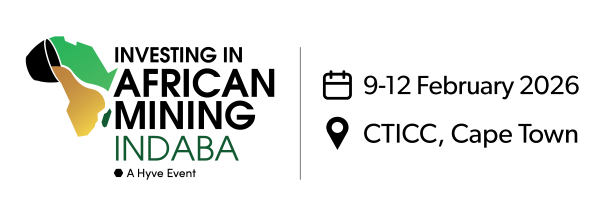

.jpg?ext=.jpg)

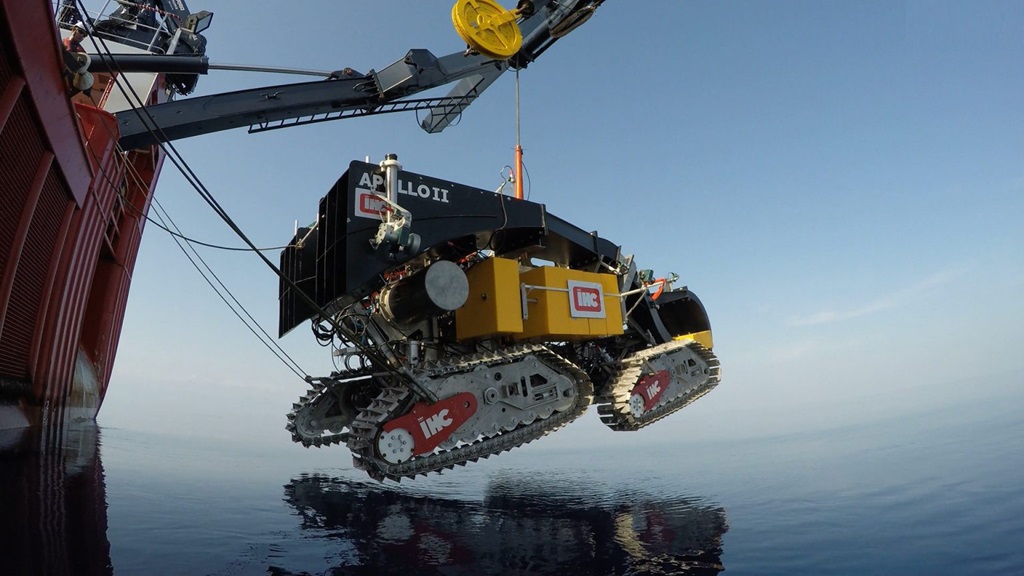


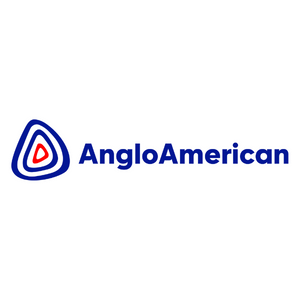
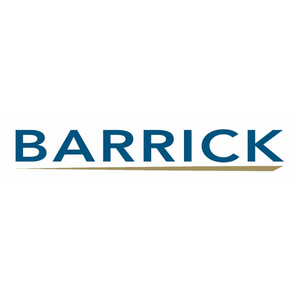
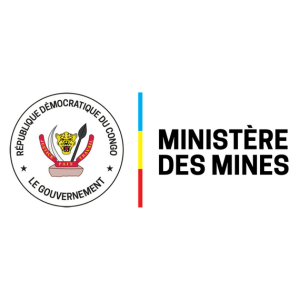
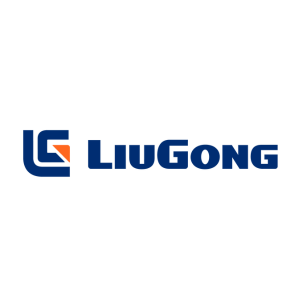
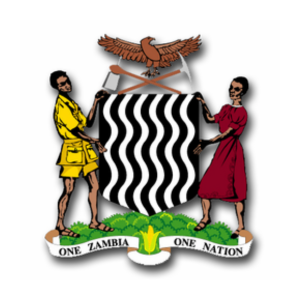

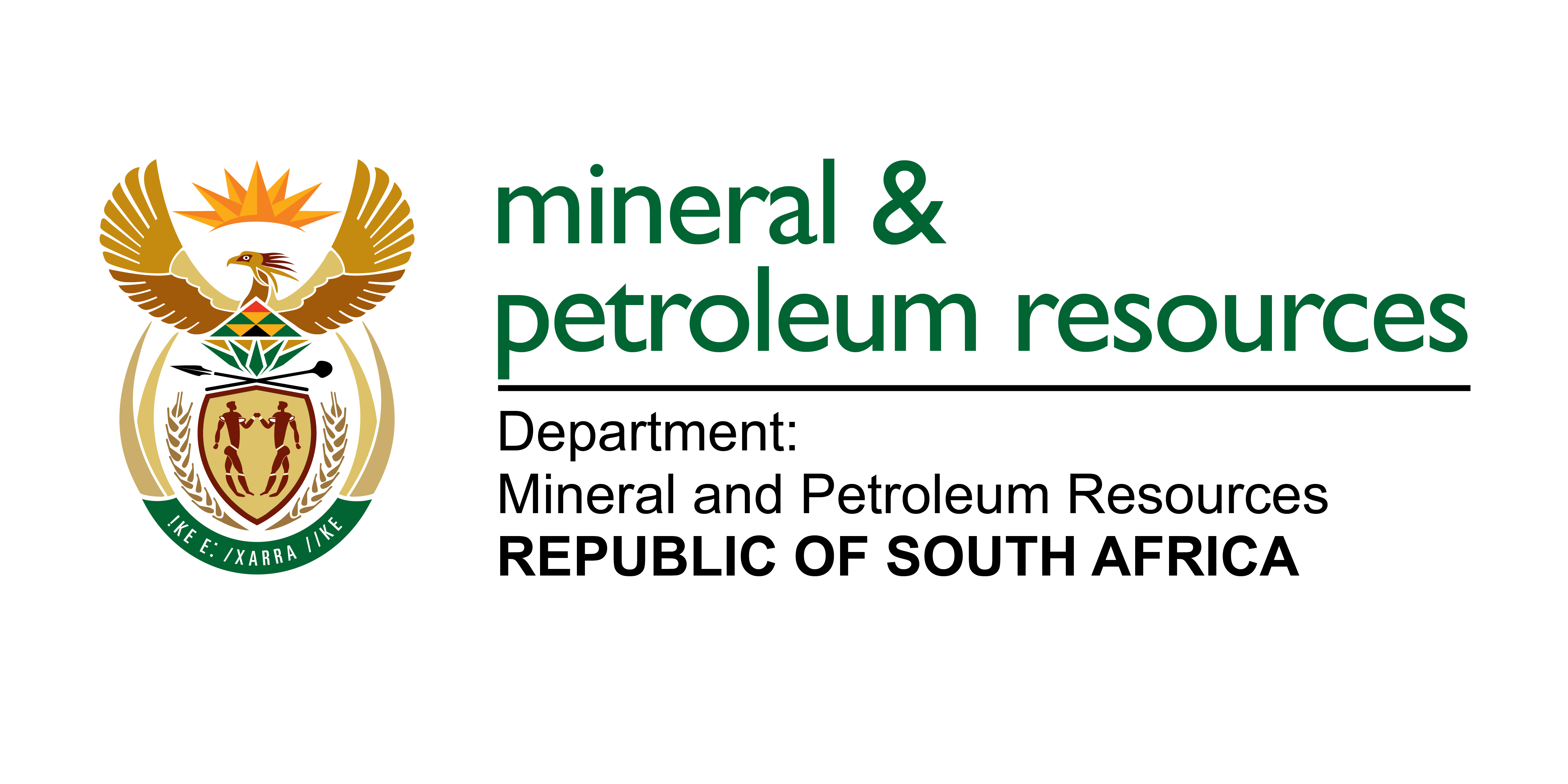-Logo_CMYK_1.jpg?width=1000&height=500&ext=.jpg)

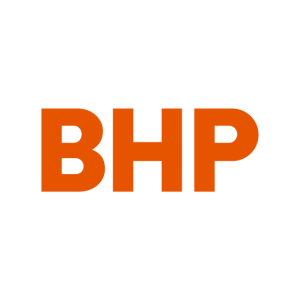
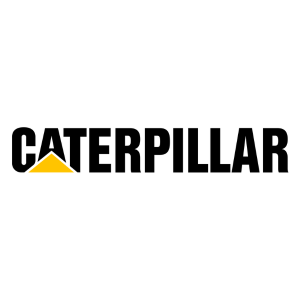

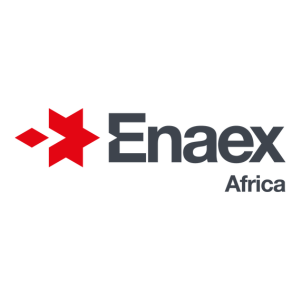

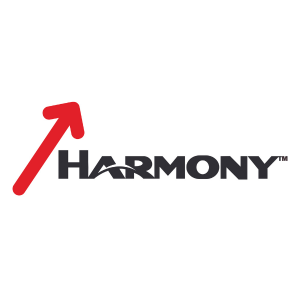
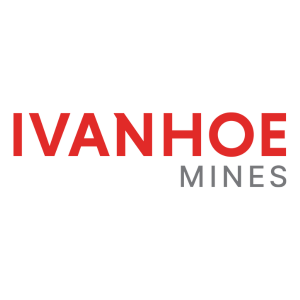
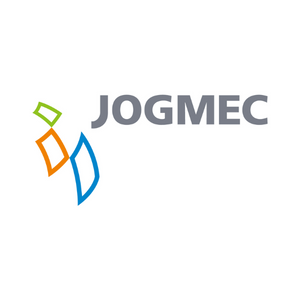
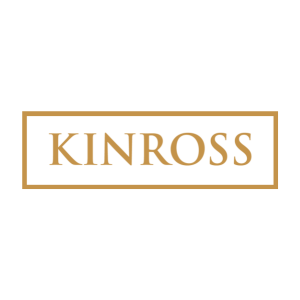


_mi25-weblogo.png?ext=.png)
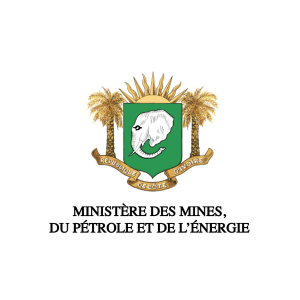
_1.png?ext=.png)

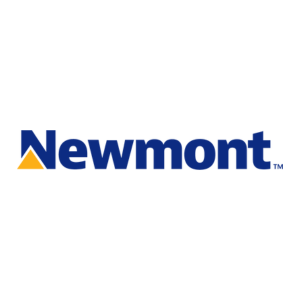
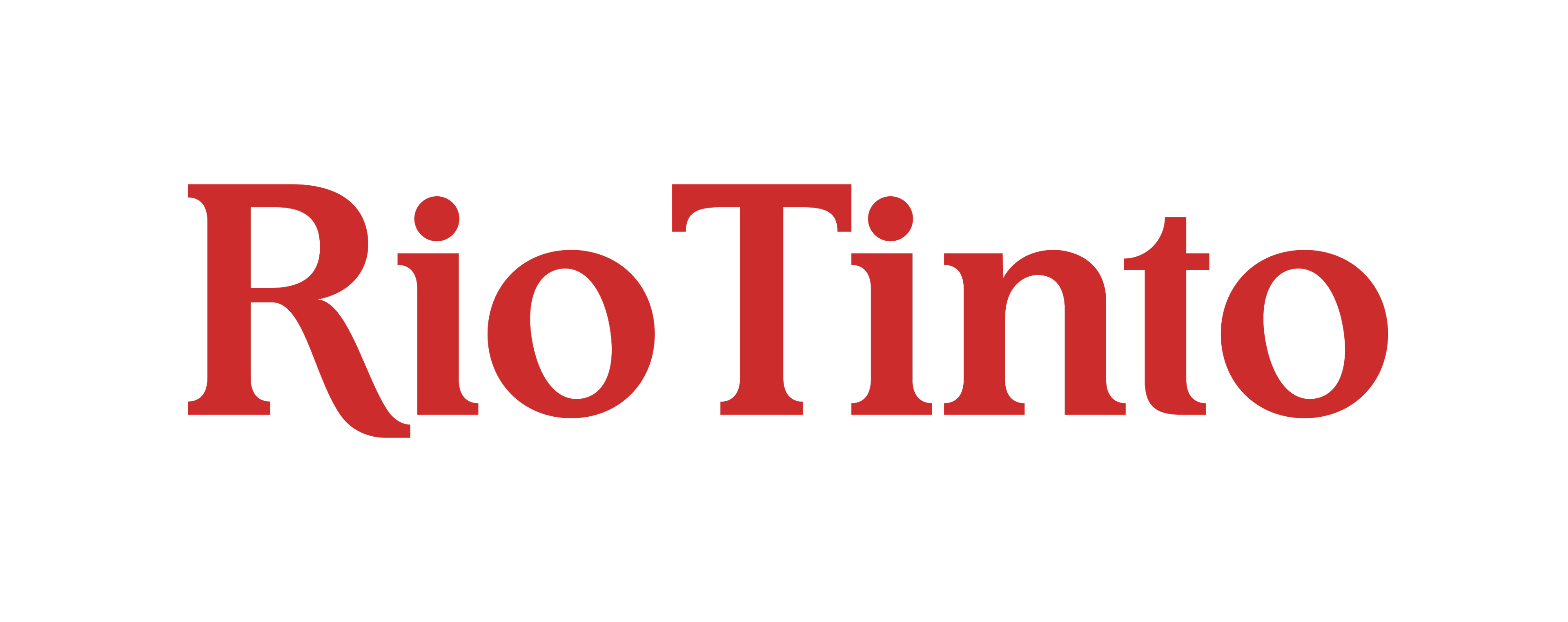

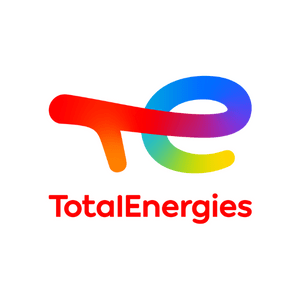

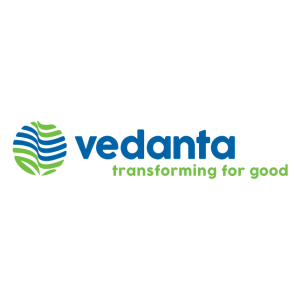


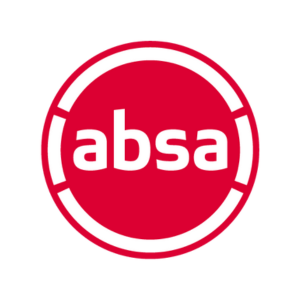


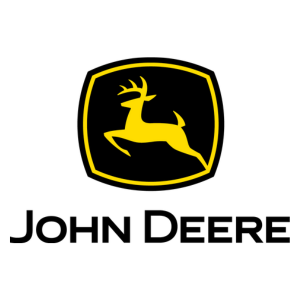
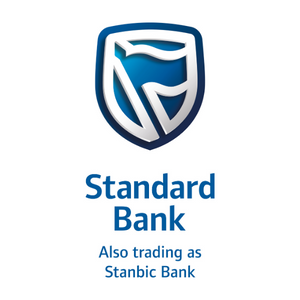

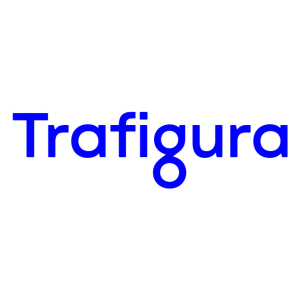

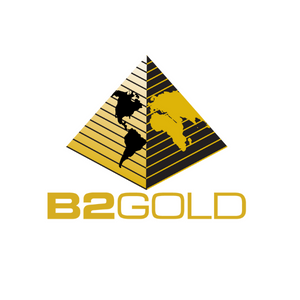
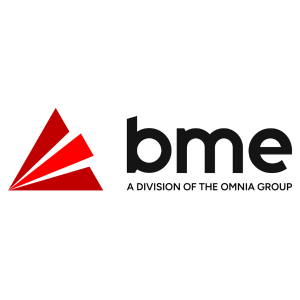


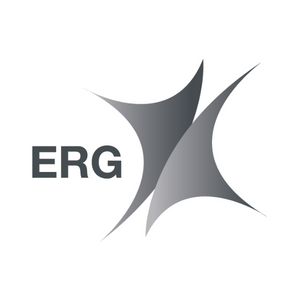


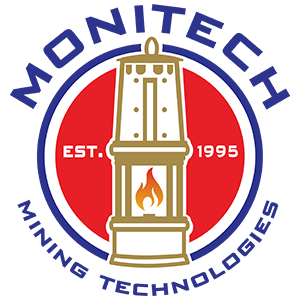
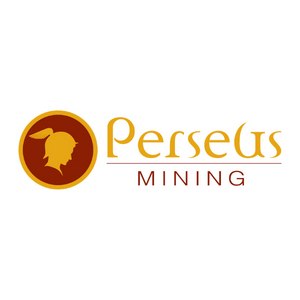
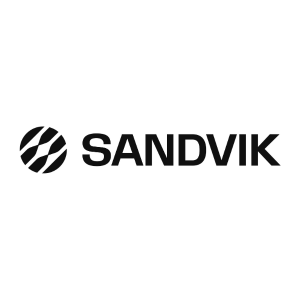


_mi25-weblogo.png?ext=.png)
